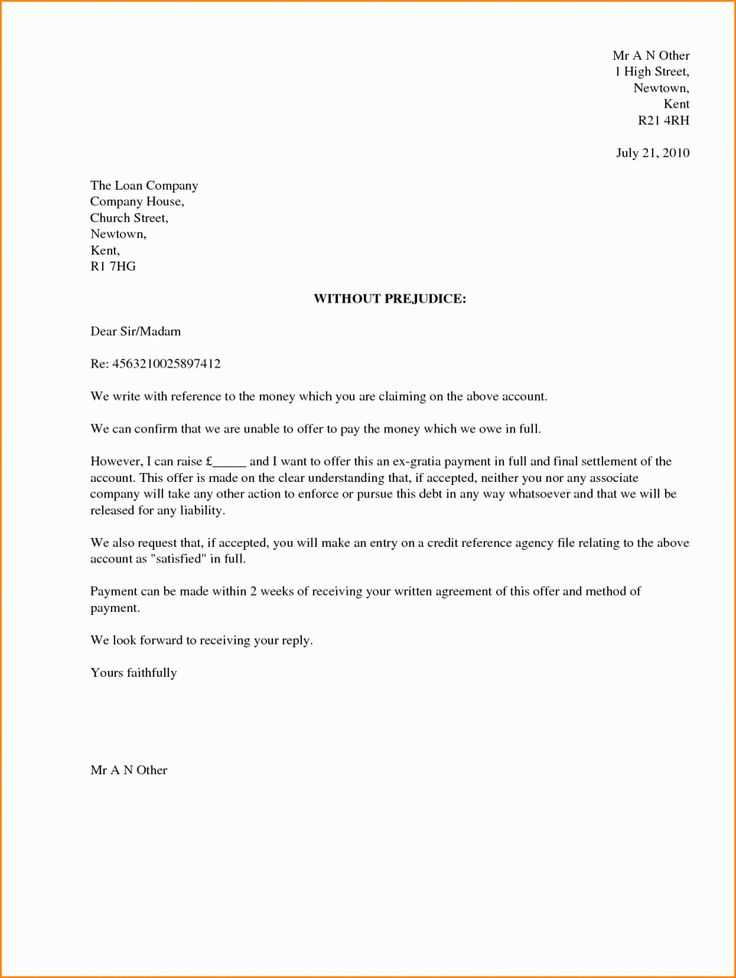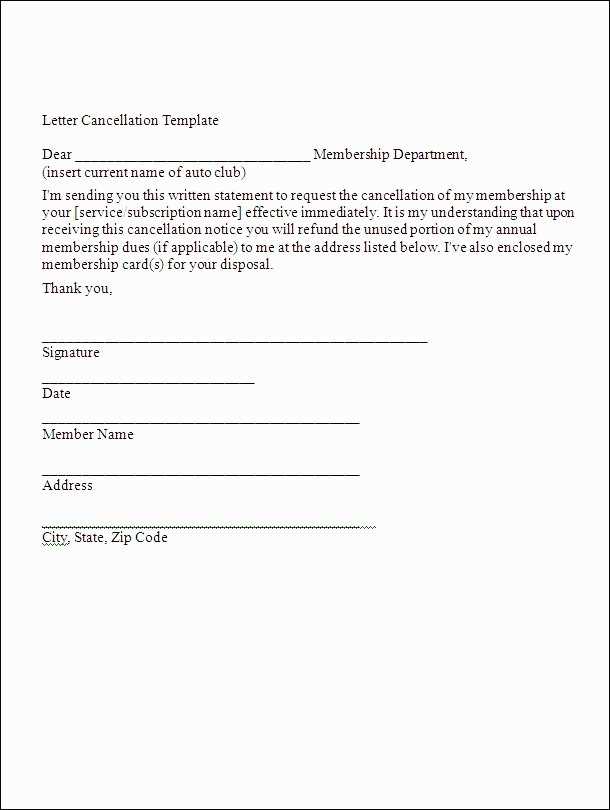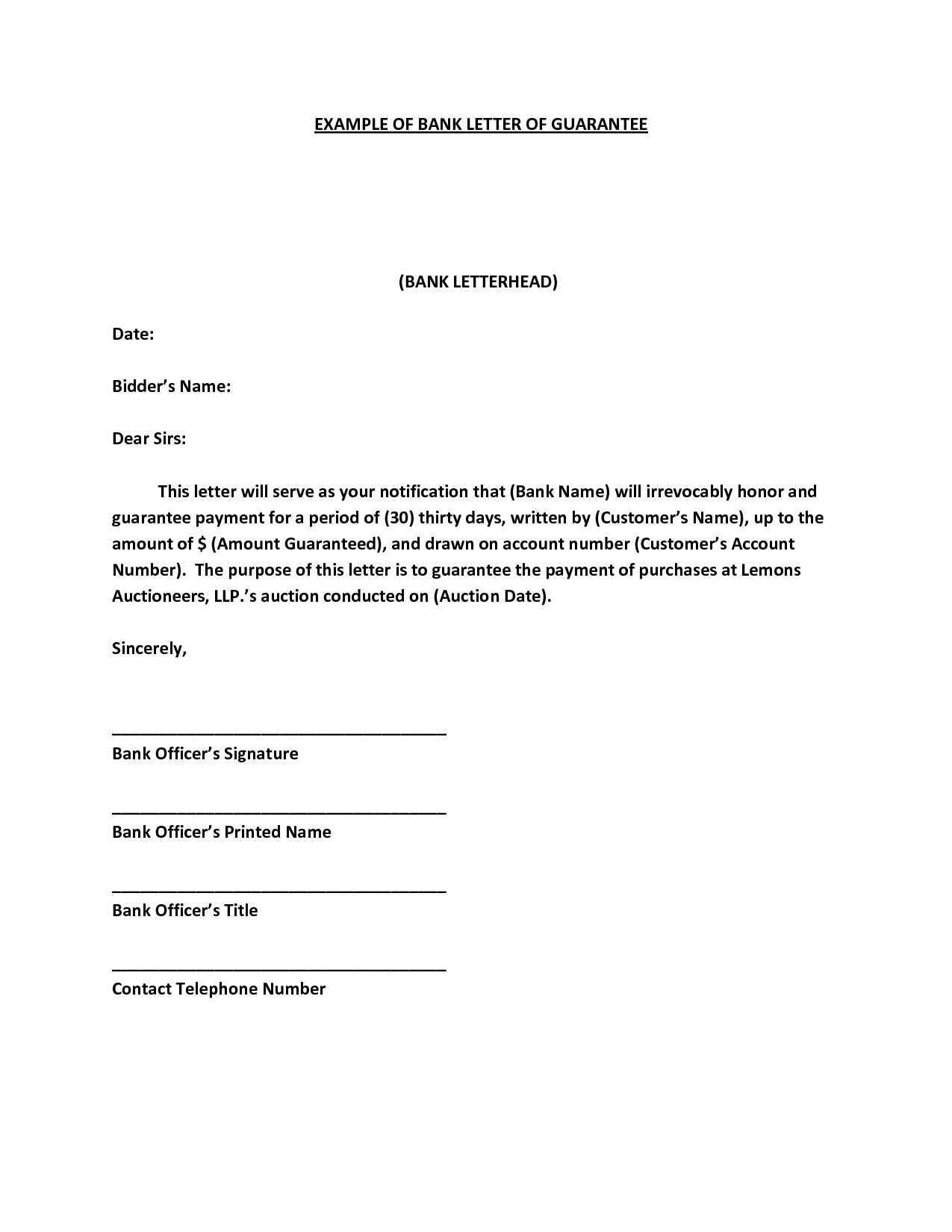Pay cut letter template

To address a pay cut, it’s crucial to be clear and respectful. Begin by stating the change directly and without ambiguity. Be transparent about the reasons for the adjustment, whether it’s due to business circumstances, company performance, or other factors. Acknowledge the impact this might have and express appreciation for the employee’s contributions.
Maintain a compassionate tone throughout the letter. While the news may be difficult to hear, reassuring the employee that their role is valued helps maintain a positive relationship. Offer support and clarify any questions regarding the new compensation structure or other terms of employment.
Conclude by inviting the employee to discuss the matter further if needed, and assure them that you’re available for any clarification. This approach will help maintain trust and professionalism in the workplace despite the difficult nature of the message.
Pay Cut Letter Template

To communicate a pay cut decision clearly and professionally, use the following structure for the letter:
Introduction
Begin with a straightforward statement acknowledging the need for the pay reduction. Clearly mention the reason for the adjustment, such as company financial conditions or restructuring.
Details of the Pay Cut
Specify the percentage of the pay cut, the effective date, and any changes to benefits, if applicable. If possible, offer reassurance that this is a temporary measure and explain the company’s commitment to returning to normal compensation once circumstances improve.
Closing

End the letter with appreciation for the employee’s contributions and express hope for continued collaboration. Provide contact information for further discussions if needed.
How to Start the Pay Cut Letter
Begin the letter with a clear statement about the pay cut. Make sure to communicate the decision in a direct but respectful tone.
- Address the employee by name to maintain a personal and professional touch.
- Clearly state the reason for the pay cut. Keep it specific and relevant to the company’s circumstances.
- Provide details about how the pay cut will be implemented, including the percentage or amount of the reduction.
- Be transparent about the duration of the pay cut, if applicable. Clarify whether it is temporary or permanent.
For example:
Dear [Employee Name],
We regret to inform you that, due to [reason for pay cut], your salary will be reduced by [percentage or amount] starting from [date]. This adjustment will remain in effect until [end date or condition for change].
Starting with these points helps set a clear and respectful tone for the rest of the letter.
Important Information to Include
Specify the percentage or amount of the pay cut, and clearly state how it will impact the employee’s salary. Include the date the pay reduction will take effect, ensuring there is no ambiguity about the timeline. Detail the reasons behind the decision, whether they are related to business performance, financial challenges, or restructuring. Mention any steps the company is taking to address the issue or to support employees during this period. If applicable, include information on the duration of the pay cut and whether it will be reassessed at a later time. Ensure the letter outlines any potential changes to benefits, working hours, or other compensatory factors as a result of the pay cut.
Clear and Compassionate Language Tips

Choose words that acknowledge the difficulty of the situation. Start with empathy and recognize the emotional impact of a pay cut. Use phrases like “We understand this may be a difficult adjustment,” or “We know this news may cause concern.” This sets a tone of care right from the start.
Be Direct, Yet Gentle
Be transparent about the changes without being blunt. Avoid vague or indirect statements that can cause confusion or anxiety. Instead of saying, “There will be some adjustments to your pay,” say, “Your pay will be reduced by X% starting [date].” This provides clarity while maintaining a respectful tone.
Offer Support and Resources
Show willingness to support employees through the transition. Offer resources, whether it’s financial counseling, career advice, or a team to address concerns. This helps employees feel they are not alone during this change.
| Tip | Example |
|---|---|
| Acknowledge the impact | “We understand how this may affect you.” |
| Provide clear details | “Your salary will be adjusted by X% as of [date].” |
| Offer support | “We are offering financial guidance and support during this time.” |
End the message by expressing appreciation for their continued dedication. Acknowledge their hard work and reassure them that the company values their contributions despite the changes. This helps maintain morale while addressing the sensitive issue.
Addressing Potential Employee Concerns
Be transparent about the reasons for the pay cut. Clearly explain how the decision impacts the company and what steps are being taken to ensure long-term stability. Show empathy by acknowledging the challenges this may pose to employees.
Offer reassurance by highlighting the efforts made to avoid layoffs or further pay cuts. Encourage open communication, assuring employees they can ask questions and share their concerns without fear of judgment. Provide concrete examples of the company’s commitment to supporting staff during difficult times.
Present possible solutions to mitigate the impact, such as flexible work arrangements, additional benefits, or performance-based incentives. This helps employees feel supported despite the financial adjustments.
Be prepared to address concerns about the fairness of the pay cut. Explain any criteria used to determine the changes and emphasize that the decision was made with fairness in mind, aiming to balance the needs of the company with the well-being of employees.
Ensure a clear plan for future reviews. Let employees know that their salaries will be revisited as the company stabilizes. This provides a sense of hope and fairness, helping to maintain morale.
When to Send the Letter
Send the pay cut letter as soon as the decision has been made and you have the necessary approval. Delaying it can cause uncertainty and confusion among employees. A prompt communication ensures transparency and helps employees prepare for changes.
Timing Guidelines
- Send the letter before the pay cut takes effect to give employees enough time to adjust their expectations.
- Notify employees at least one full pay period in advance to avoid surprises in their paycheck.
- Avoid sending the letter during stressful times, such as before holidays or major company events, to minimize the emotional impact.
Communication Strategy
- Ensure the letter reaches the employee directly, ideally through a formal email or hand-delivered letter.
- Schedule a meeting with employees beforehand to discuss the letter’s contents and address concerns.
Final Review and Follow-up Steps
Before sending the pay cut letter, carefully review it for accuracy. Ensure that all details, including the new salary amount, the reasons for the pay cut, and the effective date, are correct. Verify the tone of the letter is clear, professional, and respectful, without sounding overly negative or blunt. Acknowledge the employee’s contributions and express a commitment to their well-being, even while implementing the necessary changes.
Ensure Transparency and Clarity
Double-check the language used in the letter. Avoid ambiguous phrases that could confuse the recipient. If there are any uncertainties about the pay cut process or timeline, clarify them in a concise manner. Providing a clear explanation of the reasons behind the decision can help prevent misunderstandings and maintain trust with the employee.
Follow-up Communication
After sending the letter, follow up with the employee to confirm they received it and offer an opportunity to discuss any concerns. This meeting can also serve as a chance to explore any available support, such as opportunities for future raises or changes in responsibilities. Make sure the employee feels supported throughout the process.